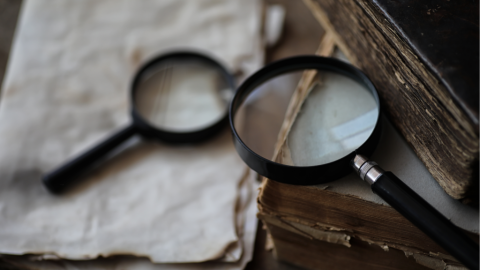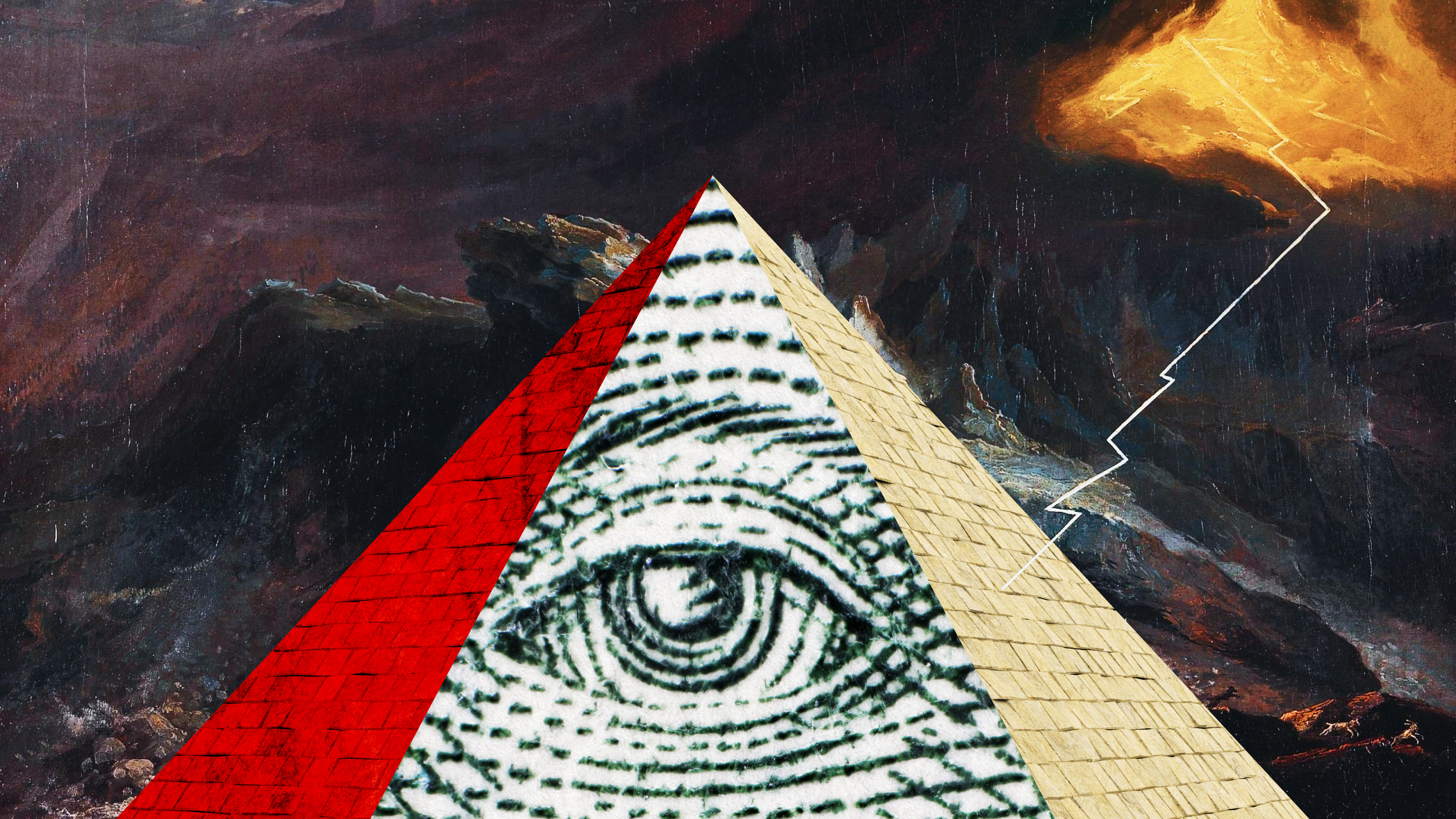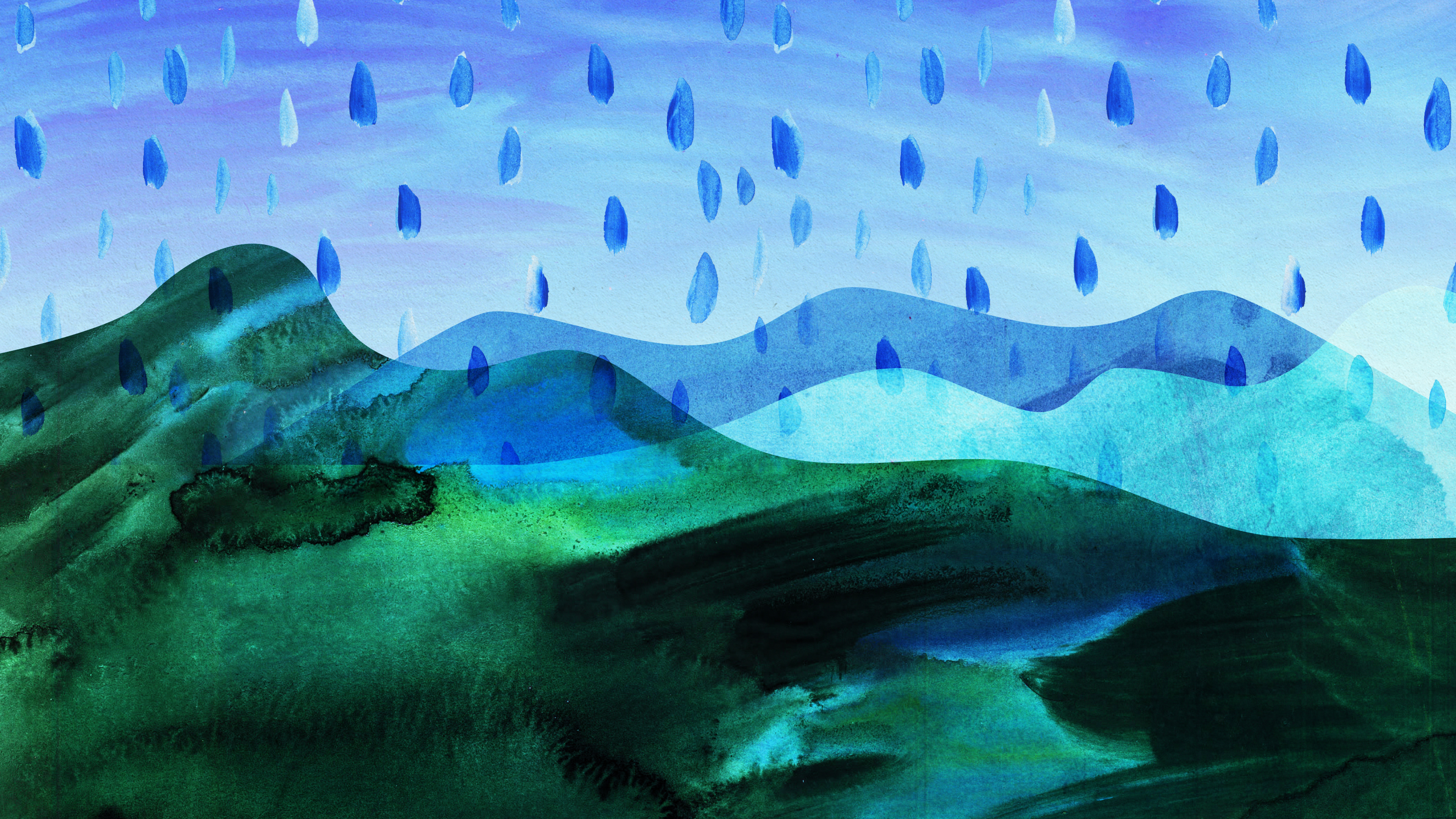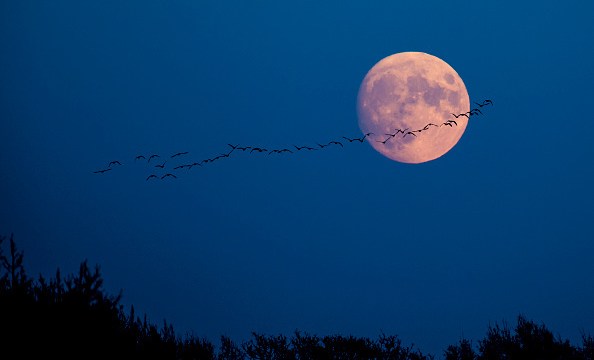Science needs theology

I recently attended two international conferences in Oxford that raised important questions at the intersection of science and religion. Both had practical as well as theoretical elements.
The first one on Compassion and Theodicy probed the paradox of belief in God in a world that was full of suffering, where philosopher Eleanore Stump‘s work was featured strongly.
Stump argued that while suffering is often seen as limiting to human flourishing, there are special circumstances when suffering can be positively viewed through a religious lens, and through Christian faith in particular. The consolation of God matches up to the suffering of the individual, and that suffering may even be paradoxically interpreted in spiritual terms as a means to glory.
Stump insisted that a thriving mind—compared to a thriving body—is more effective in dealing with suffering: relationships are what counts, even where that mind (or body) is impaired. Using a particularly graphic historical case of an American slave girl who had been abused as a child but then went on to have considerable social influence, Stump argued that thriving of body and mind are not necessary or even sufficient for thriving of an individual. Indeed, she claimed that it was difficult to think of an individual who had shown a high degree of personal thriving who had not also at some stage suffered. Why? Her explanation was that those who suffer seek deeper connections with self and others, including God.
Suffering doesn’t always yield positive outcomes, nor is there any justification for those who cause suffering to others. In other words, there can be an instrumental good to suffering (when there are beneficial outcomes for that individual in relation to others), even if we can never claim that suffering is an intrinsic good.
The second conference was about Religion, Evolution and Social Bonding. Much of the discussion at this conference was related to the work of evolutionary psychologist Robin Dunbar, who argues that the size of a group’s viability correlates according to prefrontal cortical ratio to brain size, also known as Dunbar’s number. So, early hominins lived in small groups, while Homo sapiens is capable of much larger group connections. Most mammals, for example, live in groups no larger than 10-15 individuals, while stable human groups can be considerably larger.
There also seems to be a shift to a larger stable group size in those that practice religion. Religious experience through ritual, for example, may still have mystical or ecstatic spiritual elements, even though modern religions present more cognitive propositional ones. The former emotive aspect is more fundamental and an earlier aspect of religious experience, compared with the latter. In exploring specific rituals, Dunbar’s research team has found a correlation between ritualistic spiritual practices and endorphin release. Endorphins produce relaxation and enhanced trust in relationships. Other factors that trigger endorphins including laughter, singing and dancing.
Relationships and religious experience
Both conferences stressed the importance of relationships in trying to understand human religious experience. But an obvious contrast emerged between the two conferences. The first, Compassion and Theodicy, habitually focused on individual case studies and their significance, and drew up universal philosophical claims from those observations, while the latter, Religion, Evolution and Social Bonding, searched for universals according to the lights of science, while not necessarily being too concerned about precisely what philosophical background might be involved in making such claims.
If the first conference begged the question of how common such experiences of religious enhancement through suffering might be, the second opened up larger questions about how to explore the early origin of the religious sense and when it may have begun. Further, there was always a nagging doubt regarding the degree to which such hormonal/physiological impacts were specific to religious experience.
The first question was explored to a degree in those scientific explorations of ritual practices that included suffering of participants—walking on fire brands, for example, as part of ecstatic practice. But is an explanatory tool of endorphin release ever sufficient to account for such practices, or just one more descriptive observational element? Most scientists working in this area are acutely aware that religious experience is rather more complicated than this.
The second question on evolutionary origins was asked in part through some fascinating work of French archaeologist Emmanuelle Honoré, who has discovered remarkable patterns in the prehistoric cave art of the Egyptian Sahara. Against the claim that religion is an inappropriate area of archaeological inquiry, she argued that the cave art is strongly suggestive of religious practices that go back between 3,500 and 10,000 BCE and seemed to coincide with the transition from hunter gatherer to a pastoralist way of life. The graphic images of a headless beast in the midst of drawings of humans that looked, in some cases, like they were dancing or in a ceremony of some kind also showed the importance of sociality and perhaps ritual in early human experience.
How do we make sense of it?
The questions that arise from this research come to the surface: how can we begin to make sense of religious experience and how might that be interpreted? Clearly, such a complex topic requires a multiplicity of different perspectives.
Anthropologist Richard Sosis takes us some way toward that goal in seeking a systemic approach to the problem by refusing to focus on a single aspect in working out the significance of religious rituals. His work arises out of a comparative study on religious and secular kibbutzim in Israel. Myth, ethical obligations, the sense of the sacred, belief in supernatural agents, taboo, authority, and meaning may all be present to different degrees. The point is that the group effects create norms which then seem perfectly natural to that group.
Philosophy is about the search for wisdom, and certainly if the sciences seek relentlessly to unravel an explanation for observations, the humanities are more exercised in finding understanding, as philosopher Paul Ricoeur argued some time ago. That understanding may be illuminated by individual experiences, but philosophers would do well to take account of the results of science in making universal claims.
Where might theology fit in? I suggest that without theology, philosophy becomes lost in its own definitional biases and may be tempted to hold back on an in-depth exploration of religious experience. Scientists, on the other hand, need the thick description of religion arising out of experience if they are not going to get lost in the search for empirically based explanations.
Both philosophy and science are forms of wisdom. But the ultimate form of wisdom, as the ancients knew long ago, is theology, since its reference point takes us out of our own narrow disciplinary confines and points to the transcendent.
The post Science Needs Theology appeared first on ORBITER.





